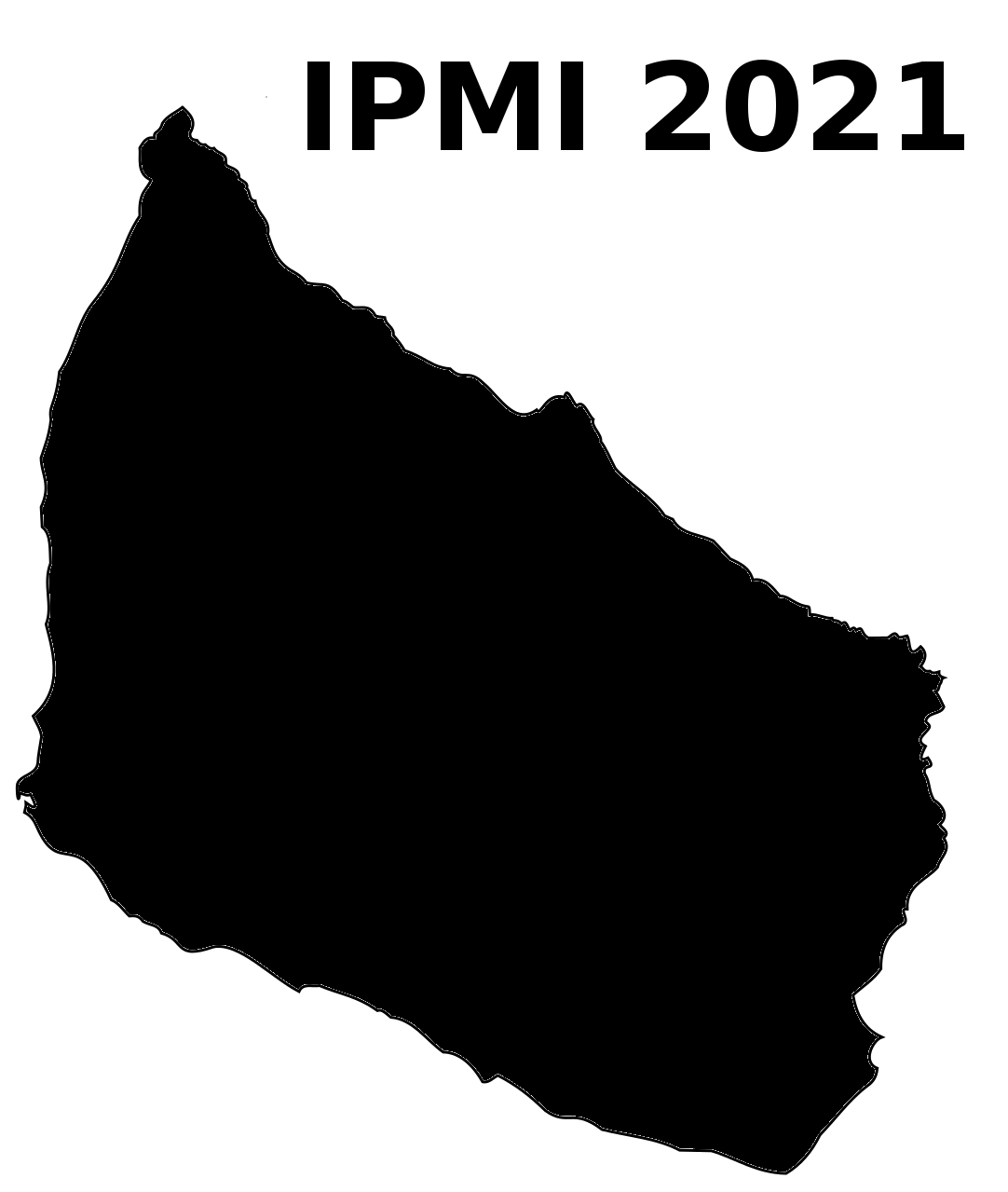Authors: Irene Balelli (INRIA)*; Santiago Silva (INRIA); Marco Lorenzi (INRIA)
Abstract: We propose a novel federated learning paradigm to model data variability among heterogeneous clients in multi-centric studies. Our method is expressed through a hierarchical Bayesian latent variable model, where client-specific parameters are assumed to be realization from a global distribution at the master level, which is in turn estimated to account for data bias and variability across clients. We show that our framework can be effectively optimized through expectation maximization over latent master’s distribution and clients’ parameters. We tested our method on the analysis of multi-modal medical imaging data and clinical scores from distributed clinical datasets of patients affected by Alzheimer’s disease. We demonstrate that our method is robust when data is distributed either in iid and non-iid manners: it allows to quantify the variability of data, views and centers, while guaranteeing high-quality data reconstruction as compared to the state-of-the-art autoencoding models and federated learning schemes.
